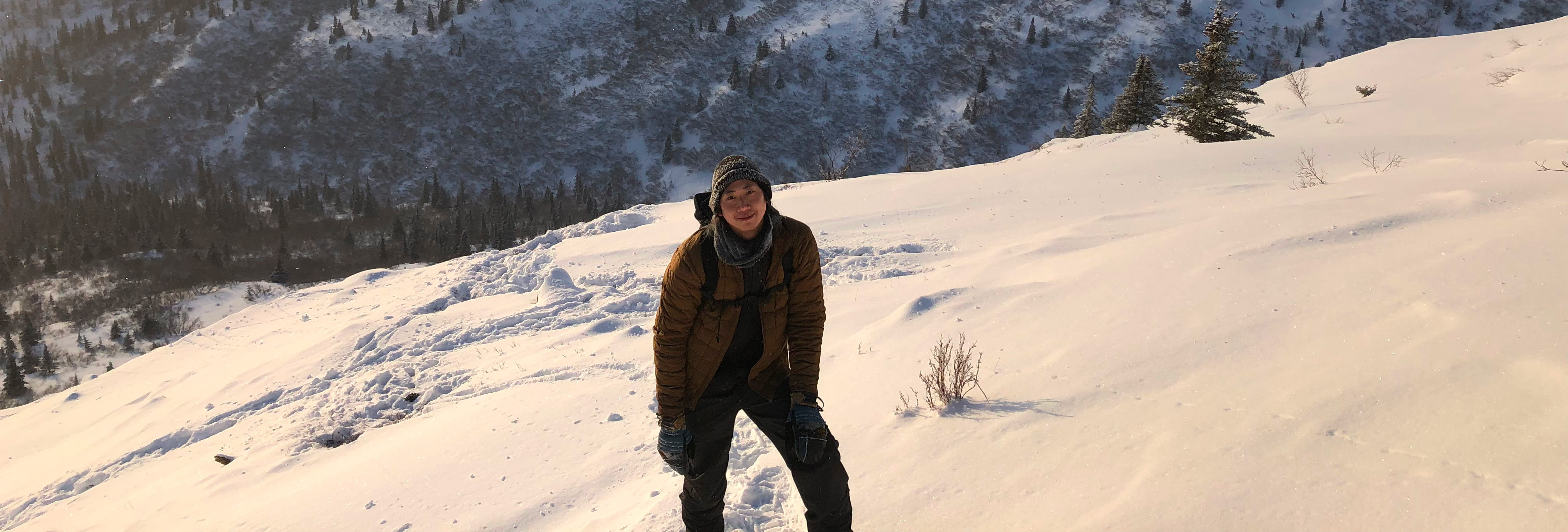
News
[Old News]- Jun. 10, 2025 — I will be giving a public science talk for the Science for Alaska Summer Series on July 12th, 2025, entitled "Seismology in Alaska and on Venus"
- Feb. 24, 2025 — The 2025 Computational Infrastructure for Geodynamics Community Workshop (CIG: TNG) will be hosted August 4–7, 2025 in Breckenridge, Colorado! [Click here for more details]
About Me
I am an assistant professor of seismology at the University of Alaska Fairbanks, within the Geophysical Institute and Department of Geosciences. As a seismologist, I spend my days looking at wiggles on a screen.
These wiggles correspond to waves bouncing through the Earth or traveling along its surface,
generated by things like earthquakes, explosions, surface processes (e.g., oceans, wind, landslides, glaciers), or people.
I am particularly interested in using seismology to: understand Earth structure, characterize unique sources, get out in the field, and provide resources to make science more accessible to all. Have a look at my research page for more details on things I work on. Prospective students interested in working with me on these topics are welcome to check out the students page for information on open opportunities. I also teach graduate and undergraduate courses on geophysics and seismology.
In my free time, you might find me outside on rocks, ice, snow, and rivers.
Contact
Bryant Chow
University of Alaska Fairbanks
Geophysical Institute
2156 N Koyukuk Drive
Fairbanks, AK 99775
Office: Elvey 506E
Email: bhchow@alaska.edu
Phone: +1 907 474 7716
We acknowledge the Alaska Native nations upon whose ancestral lands our campuses reside. In Fairbanks, our Troth Yeddha' Campus is located on the ancestral lands of the Dena people of the lower Tanana River.
